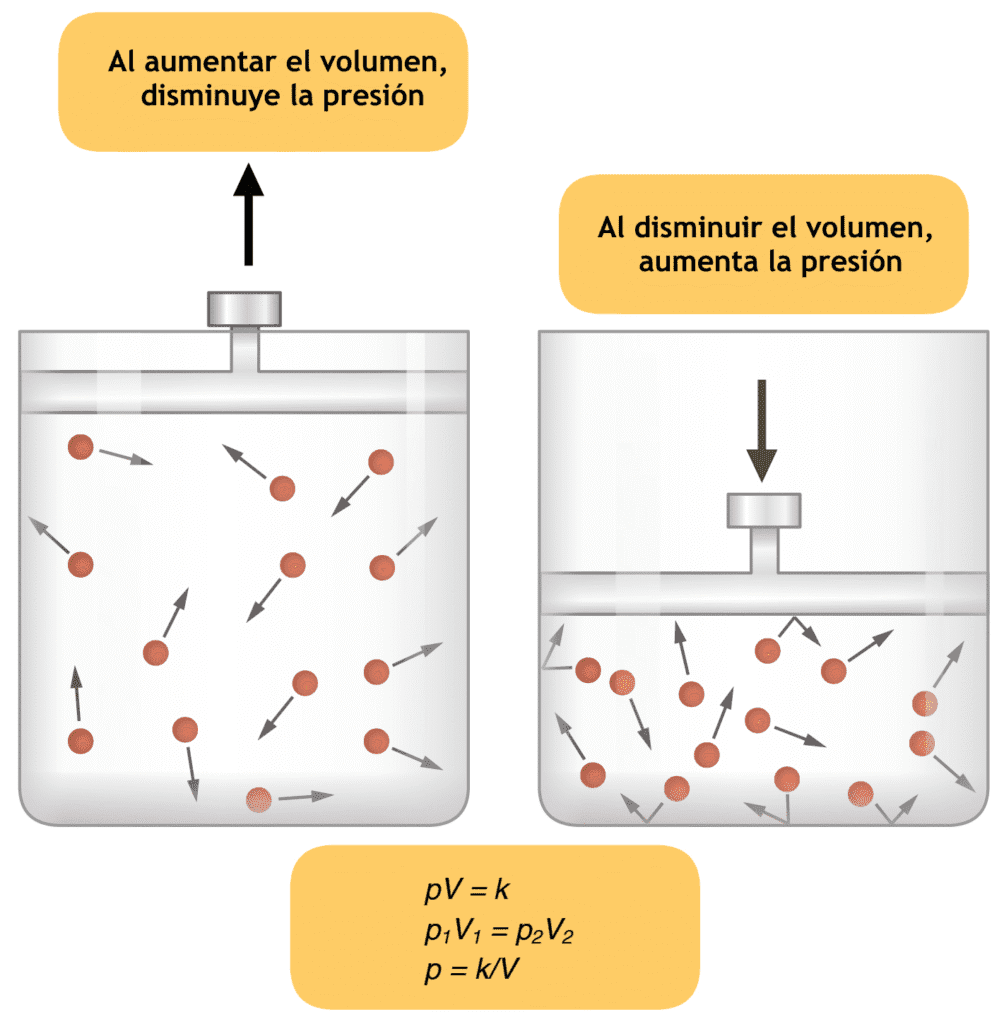Anesthesia gases are the gases used to anesthetize a patient for surgery. The common gases used in general Anesthesia are:
- Oxygen
- Nitrous Oxide
- Air
- Halothane
- Sevoflurane
- Desflurane
- Isoflurane
- and many more…
Nitrous oxide (N2O) is one of the popular anesthesia gases and is not metabolized in human tissue, however it reacts with vitamin 812 and oxidizes the cobalt and inhibits its co-enzyme function. Hepatic enzyme induction is possible after prolonged exposure.
There is a reductive metabolism by human intestinal bacteria to molecular nitrogen. Xenon (Xe) is an inert gas under normobaric conditions. It has been studied and used as an anesthetic agent. Thus is another popular one form anesthesia gases
It is present in the atmosphere at a concentration of 0.000086 ppm and is a non-pollutant. lt is not metabolized and is not teratogenic. Stereoselectivily of anaesthetics:
Fluorinated anaesthetics are racemic mixtures, i.e., the R and S isomers. These are mirror images of each other, but differ in potency, action and metabolism.
For instance, one from the anesthesia gases – commercial halothane is a racemic mixture of R and S enantiomers, the R-isomer produces a greater amount of TFA-antigens than S isomer; however, the potency is similar. S isomer is safer and less hepatotoxic.

